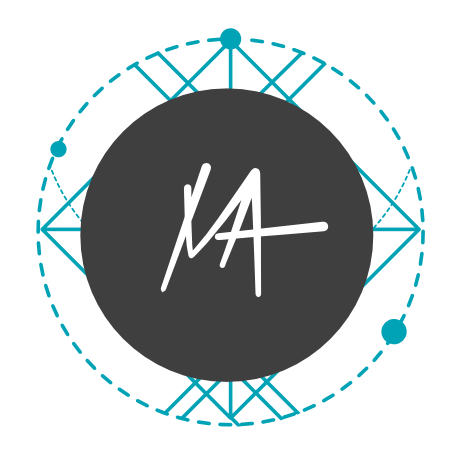 Do you ever find that sometimes you just want to move through something (like course creation) and get it done already?!
Do you ever find that sometimes you just want to move through something (like course creation) and get it done already?!
I know I do!
The thing is, that “get it done, like yesterday,” attitude can be the very one that blocks our health (physical and mental/emotional), as well as our creativity and often the very best parts of us when it is not balanced with the a measure of allowing.
Growing up, my dad, a man of action, the original “just do it” force in my life (pre-Nike campaign of 1988), had two mantras, the first (and the dominant mantra) was, “When in Doubt… Attack” and the second was, “Don’t forget to stop and smell the roses.”
Whether by conditioning or internal constitution, I have a strong tendency to go into “Attack” mode as a default.
In many ways I have been praised for it, as it was the force behind some of my most exciting opportunities (traveling around the world) as well as some high achievement milestones (like earning a PhD as a sole/soul parent of two young children).
This mindset and approach works in so many situations.… until it doesn’t.
For me this is where yoga practice (asana, pranyama, meditation and mantra) has taught me how to pause and step into the space of allowing.
Because some things, like cultivating spaces of creativity, healing, boundless awareness, joy, beauty and acts of creation need more breathing room to gestate, form and emerge into the world.
Just like in life, sound curriculum design requires a balance of both Effort and Allowing, of “attack” mode and “stopping to smell the roses.” So as you begin to create curriculum, or review an existing one, notice which energy is needed to bring your curriculum into the world.
Sometimes we need the effort and “attack” energy to Get-It-Done already!
Sometimes we need the allowing and “stopping to smell the roses” energy to discern what is not needed and employ the discipline to let what does not contribute go.
And this is where the discernment and discipline emerge at the crux of curriculum design.
(in the same way they are at the crux of self care). To bring about your highest goals and aspirations, you will always need a balance of both. It is like this in curriculum design as it is in life.
So, check-in, decide on the direction of your curriculum, affirm your curriculum promise and where you want to go and then align everything (environments, experience, strategic information, and support) in the direction of that journey.
As you build healthy habits in your curriculum design you will organically develop the discernment to weed out the rest. And if you find you need help, book a Clarity Session and we’ll explore solutions to charge your curriculum design into action
Cheers to catalyzing your curriculum creation!
